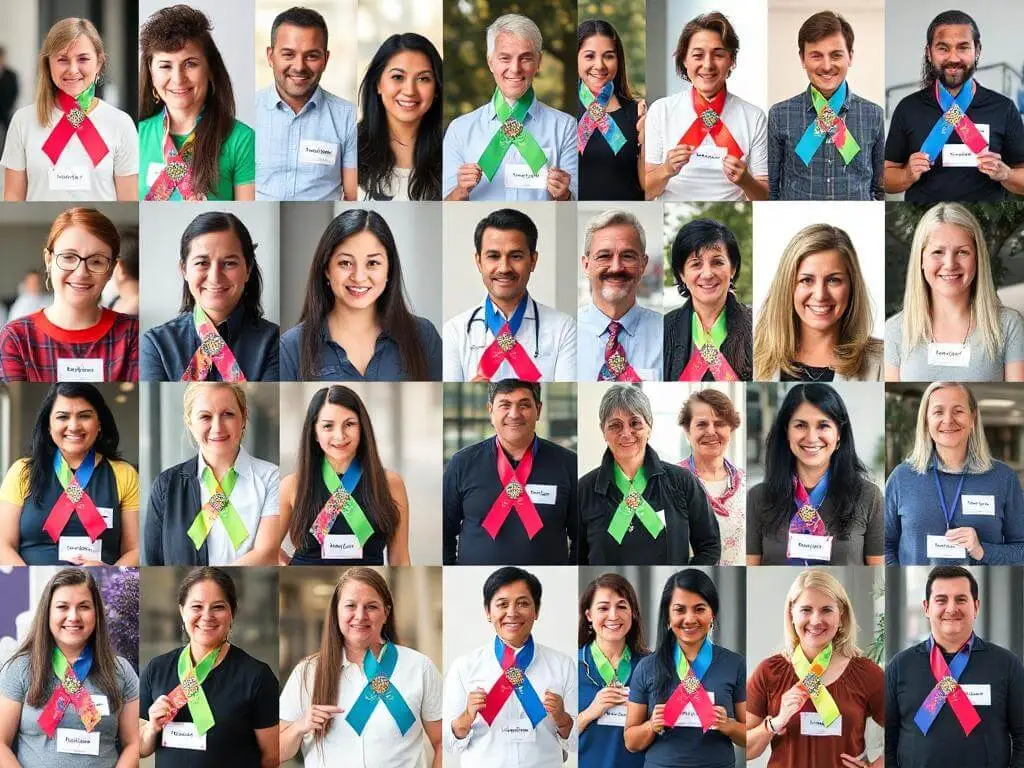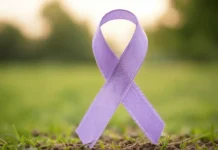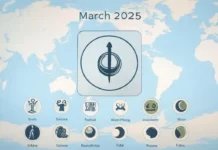
Rare Disease Day is an important global observance dedicated to raising awareness about rare diseases and the impact they have on individuals, families, and communities. Occurring on the last day of February every year, this day brings attention to the challenges faced by those living with rare diseases, which affect a small percentage of the population but can be just as devastating as more well-known conditions.
With over 7,000 rare diseases identified globally, many of these conditions are often under-researched, under-diagnosed, and can be misunderstood. Rare Disease Day encourages solidarity and offers a platform for raising awareness, advocating for better research funding, and supporting individuals and families living with these often life-altering illnesses.
Key Details
| Event Name | Rare Disease Day |
|---|---|
| Date Celebrated | Last day of February (February 28th or 29th) |
| Observed By | Patients, caregivers, healthcare professionals, advocacy groups |
| Purpose | To raise awareness for rare diseases and the need for improved research, diagnosis, and treatment. |
| Key Activities | Awareness campaigns, social media campaigns, fundraising events, and educational talks. |
| Fun Fact | Despite the name, rare diseases are actually more common than you might think, with around 1 in 20 people affected by a rare condition at some point in their life. |
What is Rare Disease Day?
Rare Disease Day was first launched in 2008 by the European Organization for Rare Diseases (EURORDIS) in collaboration with national alliances. Since then, it has grown into a worldwide movement, with organizations and advocates from countries across the globe participating in awareness campaigns and activities.
The goal of Rare Disease Day is to raise awareness about the challenges faced by people living with rare diseases, including the difficulties in obtaining a correct diagnosis, the limited treatment options, and the lack of public awareness. By coming together on this day, advocates, patients, and families aim to shed light on the need for more research funding and improved care.
Why is Rare Disease Day Important?
Rare diseases affect millions of people worldwide, yet because these conditions are rare, they often do not receive the attention or resources they deserve. This day serves as an opportunity to bring these conditions into the spotlight, highlight the challenges that individuals with rare diseases face, and promote initiatives for advancing treatment and support systems.
For families affected by rare diseases, the journey can be isolating and overwhelming. Often, these individuals struggle to find doctors who are knowledgeable about their condition, and some diseases remain undiagnosed for years. On Rare Disease Day, the goal is to create a sense of community and help these individuals feel seen and supported.
How to Celebrate Rare Disease Day
- Get Informed: Educate yourself and others about rare diseases. Learn about the specific challenges faced by people with rare conditions and how you can help raise awareness.
- Spread the Word: Share information on social media platforms using the hashtag #RareDiseaseDay to show your support and help raise awareness about rare diseases.
- Support Rare Disease Organizations: Many organizations, such as EURORDIS, the National Organization for Rare Disorders (NORD), and local rare disease associations, provide resources and offer opportunities for donation or volunteer work.
- Wear a Ribbon: Wearing a ribbon is a symbol of support for those affected by rare diseases. You can purchase a ribbon online or make your own in various colors to show solidarity.
- Attend Awareness Events: Many communities host virtual or in-person events, such as educational talks, fundraisers, or walks, to bring attention to rare diseases and the need for research.
Frequently Asked Questions (FAQs)
What is considered a rare disease?
A rare disease is defined as a condition that affects a small number of people, typically fewer than 200,000 individuals in the United States. Globally, rare diseases are often defined as those that affect fewer than 1 in 2,000 people.
How many people are affected by rare diseases?
It is estimated that around 1 in 20 people will be affected by a rare disease at some point in their lives, meaning that rare diseases collectively impact millions of people worldwide.
Why is Rare Disease Day held on the last day of February?
Rare Disease Day is held on the last day of February to coincide with the concept of rarity—February 29th, the leap year day, occurs only once every four years, symbolizing the rare nature of these conditions.
What can I do to support Rare Disease Day?
You can support Rare Disease Day by raising awareness on social media, educating yourself and others about rare diseases, and supporting organizations that advocate for research and patient care.
How can I get involved with rare disease advocacy?
There are many ways to get involved, including donating to or volunteering with rare disease organizations, joining awareness campaigns, or participating in fundraising events such as walks or runs.























